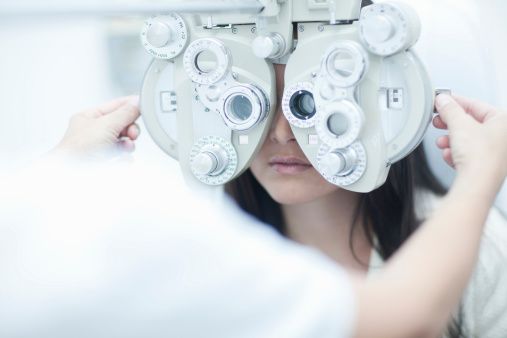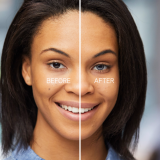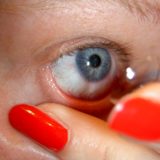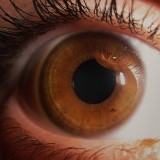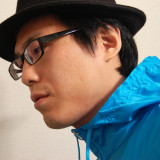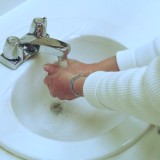How Do I Know if My Vision Has Changed?
I’ll never forget when it happened. I was finished with college and working in a new “office” — about the size of a broom closet –in Washington, DC. All that fit in that office was my chair and a desk big enough for my huge, early model, desktop computer. I’d sit in that dark, little room most of the day staring at the blinking green cursor. I had no idea what havoc I was wreaking on my eyesight.
Then, one day I was sitting at a meeting, towards the back of the room, with a presentation on the screen up front. I started getting upset. I wondered why they didn’t make the text clear enough so everyone could read it. Finally, I turned to a friend sitting next to me and exploded, “Why won’t they focus it? How are we supposed to read that?”
She looked at me, confused, and said, “I can see it just fine.”
Then the lightbulb went on. Uh, oh. My vision has changed.
A call to my eye doctor, and a visit that week confirmed my hypothesis. Gone were the days when I could throw on some reading glasses when it was convenient. No, I would need to wear glasses or contacts all the time if I hoped to see anything!
One of the strangest sensations occurs when you get those new eyeglasses or contact lenses–when you go from semi-blindness to clear vision. Everything looks brighter. Colors are vibrant. You realize how much straining and squinting you were doing to read signs and see other things that were clear to everyone else.
Statistically, most people need some vision help by age forty. In this era of staring at screens of all sizes all day, I’d be surprised if that age hasn’t dropped. But, like me, many people don’t realize how much their vision has changed until they find themselves in a situation where their eyesight is tested, even if they are already wearing corrective lenses.
If you aren’t sure if you need to visit the eye doctor, there is a way to get a rough idea as to whether your vision has changed. Do this with your glasses or contacts if you already have them.
- Print out this vision test – the Snellen Vision Chart: http://www.en.acuvuearabia.com/sites/default/files/content/pdf/eyechart.pdf and hang it on a windowless wall at eye level.
- Stand 10 feet back from it and cover one eye at a time to see how well you do.
Try reading the smallest line that is labeled 20/20 – that’s the range we hope all vision is in. If you currently wear glasses or contacts and think the prescription may be off, do this test with your eyewear on.
Miss some? Maybe it’s time to find an eye doctor and get that prescription updated.




